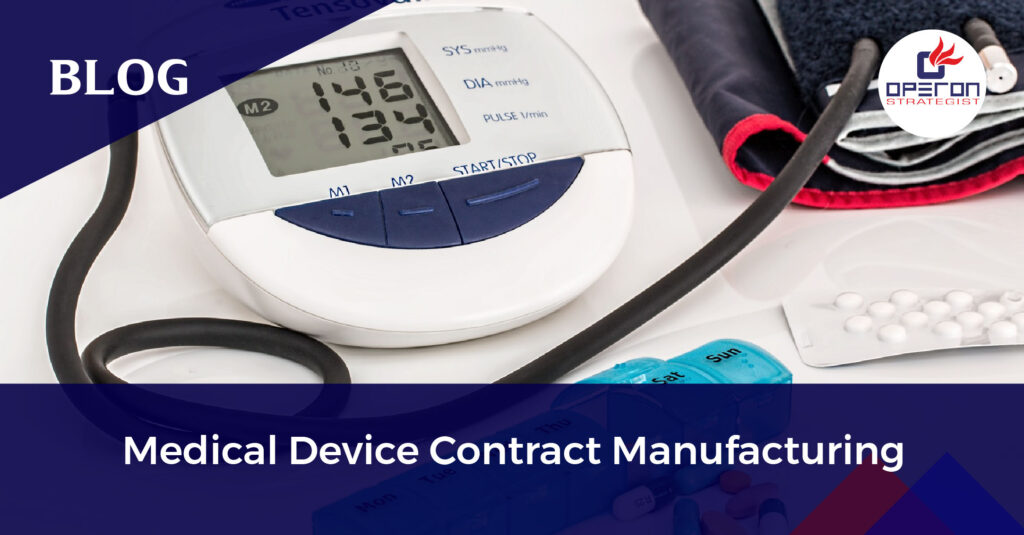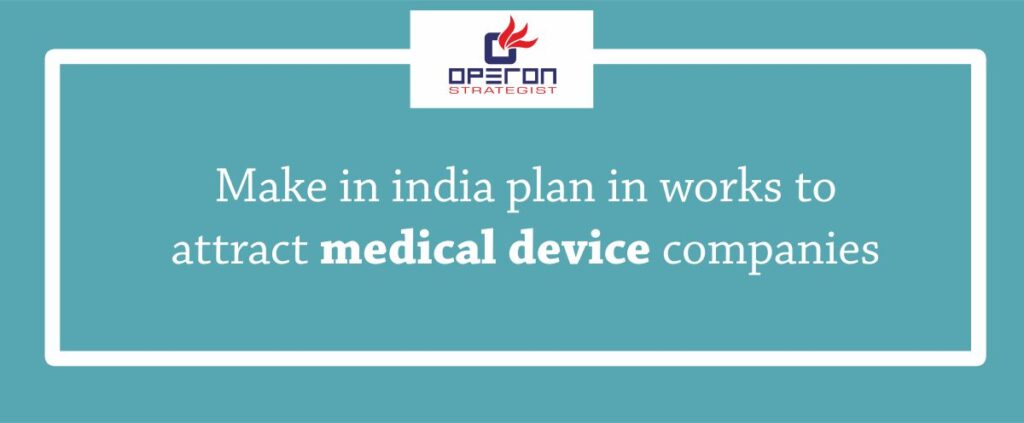An Overview of Pulse Oximeter Manufacturing
The manufacturing of oximeters, vital medical devices that measure oxygen saturation levels, poses unique challenges for aspiring manufacturers. From establishing efficient plants and ensuring product feasibility to meeting stringent regulatory requirements, the journey to producing these crucial devices can be complex. This blog aims to shed light on the process of oximeter manufacturing, providing valuable insights into layout design, clean room requirements, and the necessary steps to obtain the required regulatory approvals. By the end of this exploration, you’ll have a comprehensive understanding of the intricate world of oximeter production and the vital role these devices play in modern healthcare.
Looking for Medical Device Consultants?
The Pulse Oximeter Manufacturing Process
The pulse oximeter manufacturing process involves precise engineering and strict quality control. Here’s a breakdown of the process:
- Procurement of Electronic Components: Microprocessors, resistors, capacitors, and sensors are sourced for assembly.
- PCB Assembly Using SMT: Components are placed on printed circuit boards (PCBs) using Surface Mount Technology (SMT).
- Sensor Integration: The core sensor, which detects oxygen saturation, is integrated and calibrated.
- User Interface & Power Source: The device’s display, buttons, and battery (rechargeable or disposable) are installed.
- Testing & Calibration: Rigorous quality checks ensure accuracy and reliability before packaging and distribution.
Machinery Used for Pulse Oximeter Manufacturing Process
- Surface Mount Technology (SMT) Machines
- Reflow Soldering Machines
- Automatic Test Equipment (ATE)
- Calibration Equipment
- Assembly and Packaging Machines
- Screen Printing Machines
- CNC Machines (Computer Numerical Control)
- Injection Moulding Machines
- Testing and Quality Control Devices
Raw Materials and Other Requirements for Pulse Oximeter Manufacturing Process
- Print circuit boards
- Electronic components
- Light-emitting diodes
- Adhesive materials
- Photodetector
- Optical components
- Display screen
- Labels and packaging materials
- Battery
- Casing material – Plastic or metal
- User interface components
Manpower Required
- Machine operators
- Skilled/ unskilled worker
- Helpers
- Manager cum Accountant
- Sales Personnel
- Marketing executive
Types of Pulse Oximeters
- Finger Pulse Oximeters
- Compact and battery-powered
- Designed for personal use
- Provides SpO2 readings and heart rate
- Handheld or Portable Pulse Oximeters
- Digital display with detachable sensors
- Used in hospitals for spot-checks or continuous monitoring
- Includes alarm functions for patient safety
- Tabletop Pulse Oximeters
- Stationary units with advanced monitoring features
- AC-powered with multiple sensor connectivity
- Can monitor ECG, blood pressure, and temperature
Application of Pulse Oximeters
- Hospital Monitoring: Used in emergency rooms and ICUs
- Neonatal Care: Vital for premature infants
- Home & Remote Monitoring: Patients can track oxygen levels at home
- Sleep Apnea Management: Helps detect nighttime oxygen fluctuations
- Fitness & High-Altitude Use: Monitors athletes and mountaineers
Need More Clarity on Pulse Oximeter Manufacturing Process?
Regulations and Standard Compliance
Pulse oximeters are medical devices, and their manufacturing, distribution, and usage are subject to various regulations and standards to ensure their safety and effectiveness. Some of the key regulations and standards regarding pulse oximeters include:
India:
- Central Drugs Standard Control Organization (CDSCO)
International:
- International Electrotechnical Commission (IEC) Standards:
- ISO 80601-2-61
- CE Marking (EU)
- FDA Regulations (USA) : under the Code of Federal Regulations (CFR) Title 21, Part 820.
- ISO 13485
- ISO 14971
Ready to Streamline Your Pulse Oximeter Manufacturing?
How Operon Strategist Can Help
Manufacturing pulse oximeters requires precision and compliance with global regulations. With over a decade of expertise in medical device regulations, Operon Strategist provides comprehensive support, including:
While pulse oximeters offer invaluable benefits to healthcare, their manufacturing process involves intricate technicalities and adherence to stringent regulatory requirements. At Operon Strategist, we understand these difficulties and having an experience of more than 10 years in the field of medical device regulations as medical device regulatory consultants we can guide manufacturers in manufacturing plant layout design, and documentation needed as per the applicable regulation.
- adminhttps://operonstrategist.com/author/admin-2/
- adminhttps://operonstrategist.com/author/admin-2/
- adminhttps://operonstrategist.com/author/admin-2/
- adminhttps://operonstrategist.com/author/admin-2/




